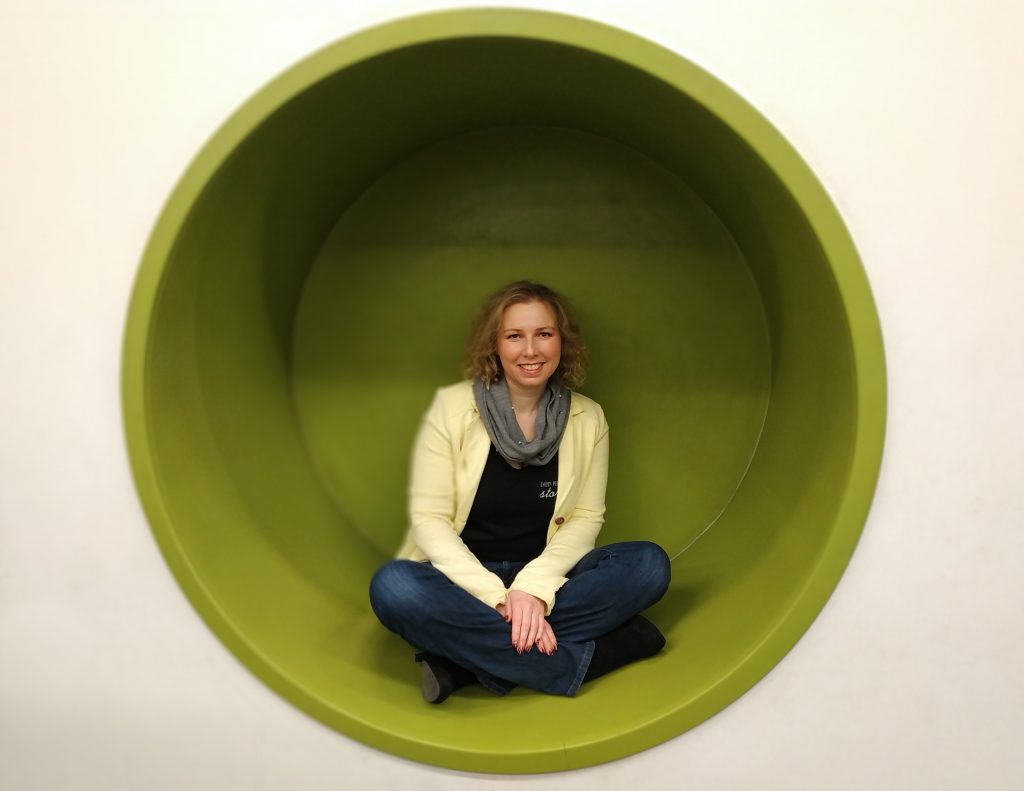
By Maria Gurevich
On cold, rainy days, parents everywhere wonder where they can take the kids. Family outings that combine fun with learning are my favorite pastime, and if I can do it on a budget, even better. An antique market is just the right place for finding fun teachable moments. The most obvious yet abstract concept children learn at a place like this is the concept of the inevitable change over time. Just think of all the directions a conversation can take while observing an old phone.
Not too long ago we found ourselves at the Sunday Antique Market across the street from the St Lawrence Market. Among rows and rows of goods to explore, a few items prompted the best discussions. And my five-year-old was just as curious as my teenagers.
An old telephone was my favourite. If your youngsters don’t know what it is, encourage them to figure it out on their own. If your companions are old enough to know your number, ask them to dial it or show them how. Explain how it all used to be connected through a network of wires. If you happen to find a really pretty phone, you might also want to talk about the design of it and guess how old it might be. Compare its functions to your mobile phone and let the scope of progress sink in. Stimulate your child’s imagination by asking what they think a phone will look like, and what it will be able to do in 50 years.
An old globe or a map is another thought provoking find. Everything changes over time – boundaries of countries, names of cities, size of lakes. The map of Canada has undergone quite a number of adjustments in the last two hundred years. Looking at an outdated globe or a map at an antique market brings this into perspective for our children. They too will witness changes to the world order in their lifetime. Use the globe to point out some of the major changes that have taken place since the globe was produced. Eastern Europe will probably be the most dynamic area.
Doorknobs and cupboard handles don’t seem like an exciting item, but compare those in your house to the ones found at an antique market. The difference is striking. It seems we have lost the appreciation for beauty in household hardware. Having marveled at the creations, we didn’t buy the doorknobs, but the discussion and the questions about them lasted longer than the drive back to the suburbs. Was the doorknob maker’s job more important back then because furniture was passed down from parents to children? Or was the furniture passed down through generations because it was so well made? Were the pieces designed and made by the same person? What was his job called? Did he love his job and take pride in every object he created? How much effort should you put into things you do? Shouldn’t everything you make be beautiful?
Kitchen scale with weights brought me to a whole new low in the eyes of the other shoppers. I made my five-year-old do math on a Sunday, in public. No remorse. After some light addition and subtraction, dropping a few weights and chasing them under massive tables, the jar of inquisitive questions in my head burst again. Where do you think these scales were used? List as many ideas as you can. What products were weighed and for what purposes?
Play a couple of games. Guess the use of this object can be a challenging game when looking at items such as a laundry wringer, a camera, a meat grinder, or an antique iron. Another favourite is 20 questions. Just walk around the market and ask random vendors a total of 20 questions. Your visit may not last long, but the learning experience will last a lifetime.
On our way out I spotted a row of antique dolls. Dolls from different eras and countries: a lesson in culture and fashion history? I think we will come back to this market for that.
Thank you for reading. Call today to join us for a trial class. We help students of all ages develop superior writing skills.
